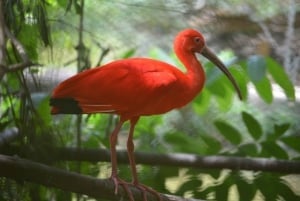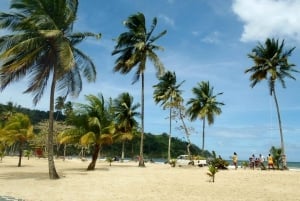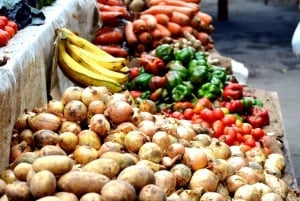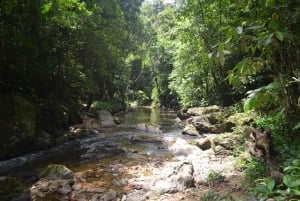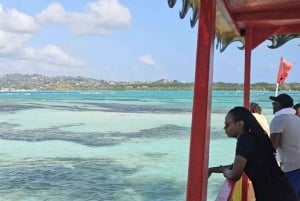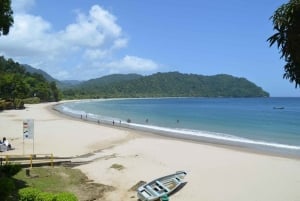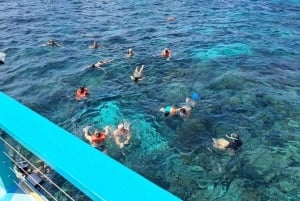Southern Trinidad
South
Once the financial hub of a thriving sugar cane industry Southern Trinidad has evolved, following the discovery of crude oil in the late 1800s, into the energy capital of Trinidad and Tobago. Southern Trinidad continues to grow with a collage of industrial business and new housing developments. The Pointe-a-Pierre oil refinery and many other petrochemical, LNG, iron and steel and aluminium smelters can be found in places such as Point Lisas, Point Fortin, and La Brea.
San Fernando is the larger of Trinidad’s two cities and is located in the southwestern part of the island. Affectionately called "Sando" by locals, San Fernando is recognized as Trinidad's "industrial capital" and has offshore oil and gas platform fabrication facilities, as well as a deep water harbour. Looking for a landmark to let you know you've arrived in the ‘southland’ The San Fernando Hill with its picturesque 192 m high ascent on the outskirts of the city towers to welcome you. The "Sando Hill" remains a favourite with locals for family picnics and excursions and offers scenic photo opportunities for photographers.
The Pitch Lake. Further south in the tiny village of La Brea you will uncover a true natural wonder: The Pitch Lake. At 40 hectare wide and 75 meters deep the lake is the single largest natural deposit of asphalt in the world. The self-replenishing lake has fascinated explores and scientist since its discovery by Sir Walter Raleigh in 1595 and attracts over 20,000 visitors a year.
Make sure to explore with a guide and be intrigued by the history and folklore behind the lake. The lake seems alive as its unstable geology shifts beneath your feet. You can see the tar is slowly moving and learn how local wildlife has adapted to this hostile environment. If you’re lucky you may even catch a glimpse of the elusive fish eagle cooking its catch on the hot tar.
The Pointe-a-Pierre Refinery is unique in many regards. Along with being the only oil refinery in Trinidad and Tobago, it is also the only refinery in the world to co-exist with a wildlife park, as it shares a compound with Pointe-a-Pierre Wildfowl Trust. Located on the West coast of Trinidad on 2,000 acres of land, the refinery is approximately 35 miles south of Port of Spain. It has the capacity to process a wide variety of crude oil, giving the Company the ability to buy crude oil from a range of suppliers.
The Pointe-a Pierre Wildfowl Trust is an independent, national, non profit, environmental, non-government, volunteer, membership organization, and encompassing 2 lakes and about 30 hectares of land within a major petrochemical and oil refining complex, PETROTRIN. Now in its 47th year the Trust is actively involved in the research, breeding and translocation of endangered wetland birds into existing natural wildlife areas in Trinidad and Tobago and promotes and implements the judicious use of Trinidad and Tobago’s natural assets.
Columbus Bay, as the name implies, was the landing point for New World explorer Christopher Columbus when he discovered Trinidad in 1498. The first thing he saw from aboard his ships was three distinct mountain peaks, The Trinity Hills as he sailed along the South coast so he called the island La Trinity: Trinidad. The body of water south of the island is today called the Columbus Channel.
The South coast of Trinidad remains largely untouched. Indigenous flora lines the coastline’s virgin beaches where the popular destinations include: Columbus Bay, Erin Bay and Cedros.



